Not one to make travel goals, I did make one when coming to Spain: visit all 17 autonomous communities at least once before going home. While Madrid, Barcelona and Seville are the stars of the tourist dollar show (and my hard-earned euros, let’s not kid around here), I am a champion for Spain’s little-known towns and regions. Having a global view of this country has come through living in Andalucía, working in Galicia and studying in Castilla y León, plus extensive travel throughout Spain.
 At the risk of breaking my engagement, Castilla-La Mancha only conjures up one thing to me: Don Quijote de la Mancha, the star-crossed lover and would-be knight who is synonymous with Spanish culture. While I can admire Don Alonso’s attempt to bring back chivalry in the early 17th Century, the very thought of him reminds me of high school Spanish class and having to make a video of our own quijote-like adventures (we attacked the rickety jungle gym in my back yard with a stick and made up a parody to a Backstreet Boys song, in case you were wondering).
At the risk of breaking my engagement, Castilla-La Mancha only conjures up one thing to me: Don Quijote de la Mancha, the star-crossed lover and would-be knight who is synonymous with Spanish culture. While I can admire Don Alonso’s attempt to bring back chivalry in the early 17th Century, the very thought of him reminds me of high school Spanish class and having to make a video of our own quijote-like adventures (we attacked the rickety jungle gym in my back yard with a stick and made up a parody to a Backstreet Boys song, in case you were wondering).
The expansive region east and southeast of Madrid has quite a few claims to fame besides Quijote and his sidekick Sancho Panza, and the ‘giants’ he fought at Consuegra. I’ve admittedly only been to Toledo for two days, and spent two weeks living in the Monasterio de Uclés, but my hunch is that the medieval architecture, the sunflower fields and the Manchego cheese (yep, it’s from La Mancha, bendito sea) would win me over.
Name: Castilla-La Mancha
Population: 2.1 million
Provinces: Five; Albacete, Ciudad Real, Cuenca, Guadalajara, Toledo.
When: September 2007, 8th of 17
About Castilla-La Mancha: “Shifting Borders Since 711” could be the unofficial tourism slogan of this area of Spain. Once part of the the Muslim caliphate in the early 8th century, Christian crusaders slowly fought back and the whole region was eventually unified under the Catholic Crown in that infamous year, 1492.
During those centuries, the region became known as Castilla la Nueva, a shout out to its cousin, the Kingdom of Castille. This area actually included Madrid, then a small farming village, and its capital was named as Toledo. Under the Catholic Kings, New Castille regained its Christian heritage, giving way for Cervantes to pen sweeping ideas in his famous novel.
In the late 18th century, José Moniño, Count of Floridablanca, redrew county lines, so to speak, creating several comarcas and making Albacete a region of Murcia. It was not until the creation of Autonomous Regions with the 1978 Constitution that Albacete returned home to Castilla-La Mancha, and is now its largest city.
Despite being one of the largest territorial regions, Castilla-La Mancha is sparsely populated (I lived in Uclés, population: 220, for two weeks. We were lucky to have a place to escape from camp food!). Just take the high-speed train between Madrid and Córdoba for proof.
Wine, olives and livestock thrive on the dry plains, and historically La Mancha has been known for agriculture more than industry.
Must-sees: Castilla-La Mancha is home to one of Spain’s former capitals and a heralded city, Toledo. This UNESCO World Heritage site is known for being the Ciudad de las Tres Culturas, or a haven for religious tolerance before Torquemada and the Inquisition rolled around.
In medieval times, Catholics, Jews and Muslims rubbed elbows in the Plaza del Zocodover, and the artistic and cultural legacy is still present. Famed Spanish painter El Greco made this city his home and his artwork remains preserved in his home and workshop near the Tajo Gorge, and the Alcázar’s historical significance is renowned. If you’re in Madrid, make the trip.
The old school windmills at Consuegra are under an hour’s drive from Toledo, and while they’re no longer used, they have whimsical names of knights.
The famous casa colgantes, or hanging houses, of Cuenca are widely known. Built on the gorge of the River Huécar, they’re the main attraction in a town full of noteworthy monuments, churches and museums. Its historic center is also a UNESCO site.
And wouldn’t you know? Manchego cheese is largely produced in this region of Spain, as is wine and sunflower oil. So eat, drink and be glad you found out about this region. And try Marzipan, a traditional Christmas sweet that is mass-produced in Toledo.
My take: If you’ve read any other posts on this blog, you’ll know I champion small-town Spain and count food and drink among my favorite things. Toledo is a quick train ride outside of Madrid and an absolute treasure, and you can reach Guadalajara and Cuidad Real in no time. There’s absolutely no reason why you should skip Castilla-La Mancha.
And if you want a Quijote fix without traveling too far, there’s always Alcalá de Henares.
Have you ever visited Castilla-La Mancha?
Want more Spain? Andalucía | Aragón | Asturias | Islas Baleares | Islas Canarias | Cantabria | Castilla y León
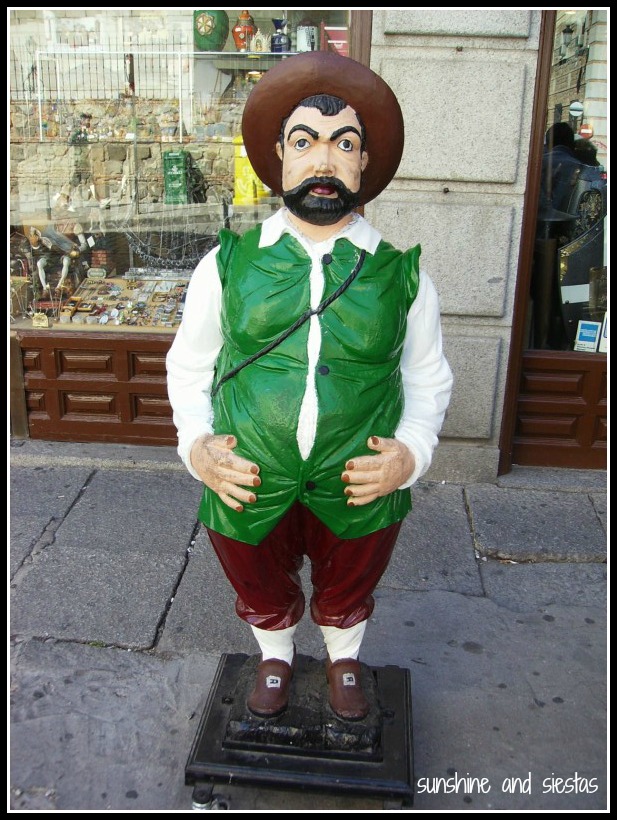
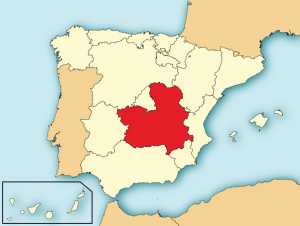
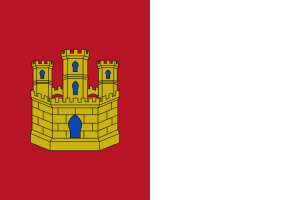
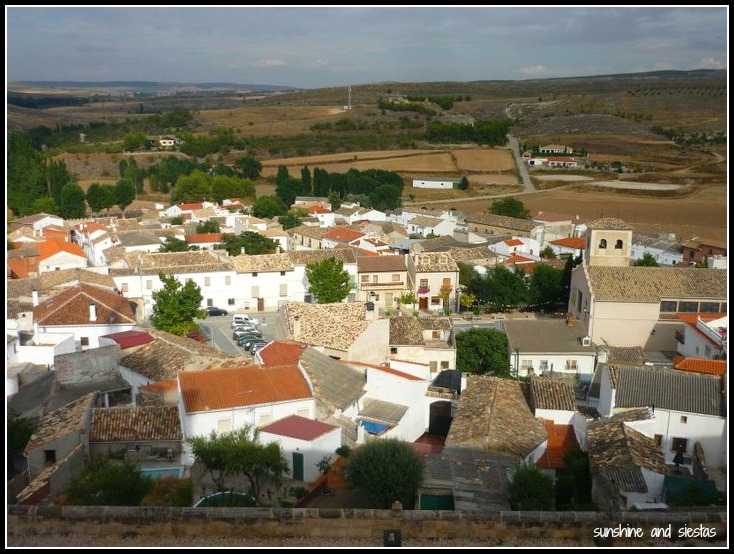
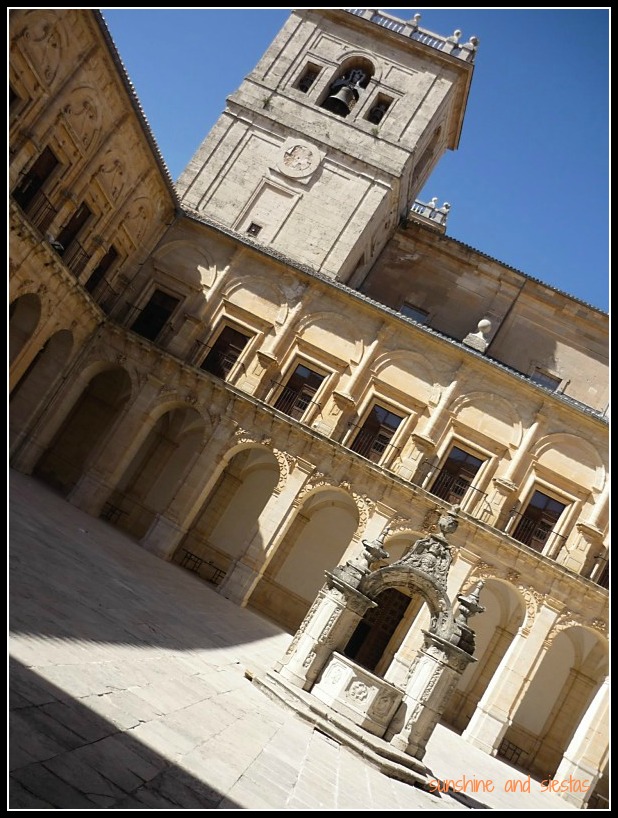
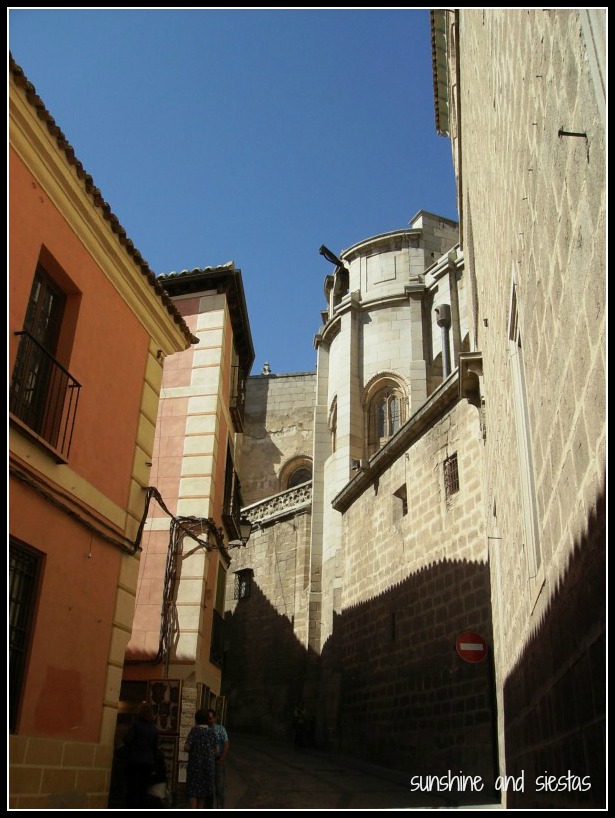
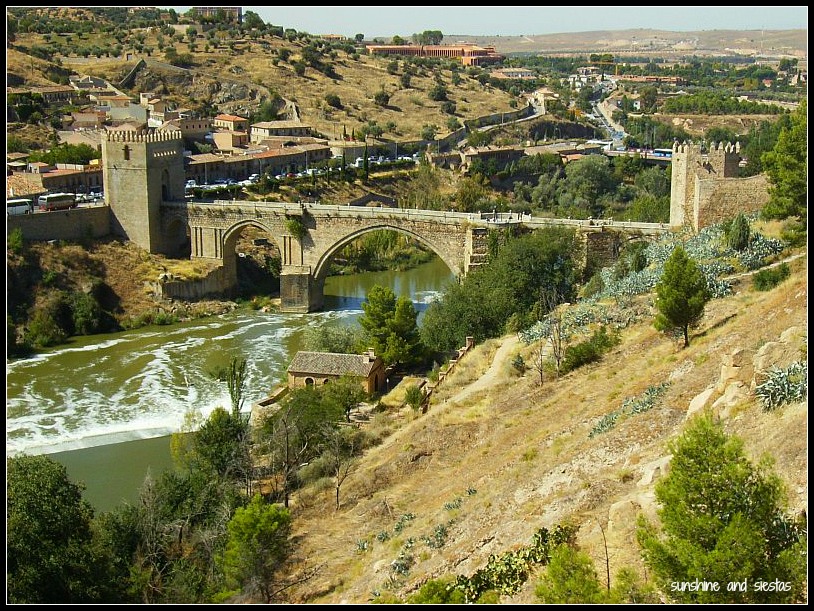




i have driven through Castilla several times, and only God knows how much i love those plains with wheat or corn….that is the reason why i shall visit Iowa and southern Illinois next time i travel to the USA, two states with plenty of plains.
being a little kid i heard a couple of times that Albacete was part of Murcia time ago, so you have made me think of something that is quite unknown y raro at the same time.
by the way, i love your comment “infamous year 1492” and the way you sometimes have mentioned the Catholic Kings, above all Queen Isabel.
The empty plains and grains remind me of my two states, Illinois and Iowa!
Loved this post! Spain and history all in one, the best kind of post! I am now putting Toledo on my list of places to visit.
It’s a wonderful place to visit for a week!
I love these posts focussing on the Autonomous Communities.
I haven’t visited many places in Castilla-La Mancha, but it’s an area I’m definitely interested in seeing more of. I’ve been to Toledo and I wasn’t all that sold on it – it was just too touristy for my likes, and having cars racing through the narrow streets at break-neck speed was just off-putting. I think it probably deserves another chance, but at the moment it’s at the bottom of a long list of places I’d like to visit. Talking of which, Cuenca has long been on my list, as has Valdepeñas. Perhaps this year, I might even get around to visiting them.
Briona recently posted..Hidden Madrid: Fiesta de la Trashumancia
Thanks, Briona! They’re fun to write about, and it’s giving me more places to visit around Spain!
I studied abroad in CLM (Toledo), so I suppose I’ll always have a soft spot for it. Toledo is touristy, but when the crowds are gone, it’s a magical city. I loved that I could never really give directions (due to the winding streets); I’d just point in a direction and be like, “Thataway.”
Kaley recently posted..Taking the GRE in Madrid
I always forget that you did!
My 19 year-old son, who is a history buff, requested we go to Toledo, so we went in early summer. While I was there, I was put off by the throngs of people, but like many historic or touristic cities, there are always tranquil (famous Spanish buzzword) spots mostly frequented by locals. I found one such park where my small dog and I played ball and watched local children, couples, grandparents enjoying the park. Like most parts of Spain, the cuisine is quite regional. Perhaps politically incorrect, we loved the suckling lamb and suckling pig, the latter which, ironically, we found in the former Jewish corner. I have been watching the Spanish series on RTVE “Isabel” and found it elucidating regarding this area of Spain, as well as Isabel, La Reina.
Hi Dawn, I also found Toledo to be touristy but lovely when you get away from the touristy stuff. I feel the same way about Seville in the city center!
wow Dawn! great that you are watching Isabel! i am a fan of it…in Spain we usually don´t pay honour to our great people of old, so the TV serie is magical and a pleasure….Isabel is shown as a great queen even if some historians slag her off as she hadn´t really got the right to the crown….it was Juana de Castilla, commonly and unfairly known as Juana La Beltraneja who should have reached the crown, sadly she was banished by Isabel and died in Portugal forgotten and hated by Castilians, and loved and admired by the Portuguese who always said she was a great woman…she never renounced her legitimate claim by the way.
Thanks for your informative response. As a new Spanish resident (in lovely Altea) I am doing my best to get up to speed on the intricacies of Spanish history. I did a little reading about Portugal, and its origin, and Juana. Knowing the history helps to understand some of the current issues, such as Catalan and Euskadi. I am anxious to get exploring the many fascinating and different areas of Spain, particularly their people, food, and culture. After the vagaries of renewing my residential visa, of course! On my last post, I forgot to mention that after I left Toledo, I found it lingered with me in a far more favorable way than I realized at the time. Ciao
Dawn Starr recently posted..Update
Castilla-La Mancha was basically my first introduction to Spain when I left Madrid on the train south to Jaén two years ago: flat, empty plains that ultimately gave way to the mountain pass of Valdepeñas, past which lies the province of Jaén. I didn’t think much of it until I started giving private English classes to a student whose parents were from Alcázar de San Juan in Ciudad Real province. They invited me to stay with them during Reyes and took me around to see the typical windmills in Campo de Criptana and showed me what to order: pisto, gachas, etc. A flat but really nice part of the country.
I went to Toledo not long afterward but haven’t been back since…I’m hoping to hit up Cuenca and maybe Albacete (for the knives!) over Semana Santa if there are any AVE promo deals 😀
Trevor Huxham recently posted..Colorful Coruña, Spain’s “Glass City”
Castilla was my first taste of Spain, as well, and I’d love to see more of La Mancha.
This area was my first taste of Spain as well. I love Toledo and all the history, it was like a storybook that came to life.